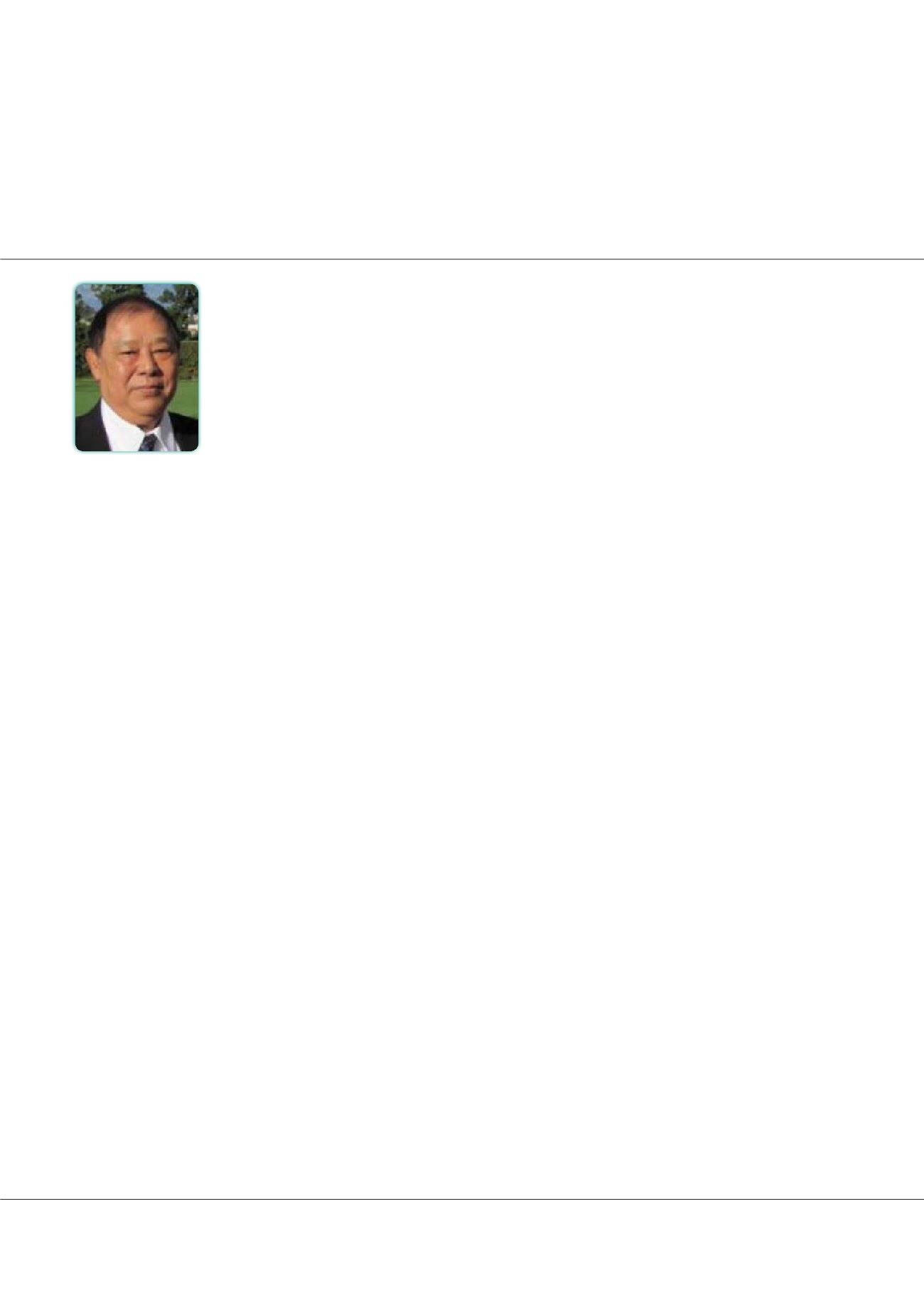

Volume 5, Issue 2 (Suppl)
J Fisheries Livest Prod
ISSN: 2332-2608 JFLP, an open access journal
Aquaculture Summit 2017
May 25-26, 2017
Page 20
Notes:
conference
series
.com
May 25-26, 2017 Osaka, Japan
6
th
Global Summit on
Aquaculture and Fisheries 2017
Biosecurity in Aquaculture Systems with Special Emphasis on Shrimp Farming
A
ccording Lightner (2003) biosecurity is excluding pathogens from stock (i.e. post larvae and brood stock), especially
through the use of quarantine and specific pathogen (SPF) certified stocks, and restricting imports of live and frozen
shrimps. Excluding vectors and external sources of contamination and preventing internal cross contamination fromhatcheries
and farms. The first major outbreaks of shrimp disease (WSSV) was from late 1994 in Asia which was controlled until recently
crossover to Mexico, Brazil and to Australia in early 2017. Another outbreak of shrimp disease EMS started from China in 2009
and spread to Vietnam, Malaysia and Thailand. In 2013 crossed over to Mexico. The revenue lost estimated by FAO due this
EMS outbreak was around USD 1.2 Billion in one year. The outbreaks were believed to be due to lack in biosecurity. Recently
due to major loses of shrimp farms at Gold Coast due to viral (WSSV) outbreaks (McElroy, 2017), Australian Government
is aware of the potential biosecurity risk that could damage market access for their fisheries and aquaculture industry and
significantly increase production costs for farmers (Oz Fisheries, 2017). Most locations in Asia are not viral free. One must be
able to operate amid viral threats. One important factor is to understand the character of virus you are trying to protect from.
Biosecurity starts with quality of farm design. This is followed by biosecure operation system using SPF Post Larvae. With
quality farm design, operation system and biosecurity awareness training, the viral (WSSV) issue can be minimized. Farm
biosecurity begins with design and construction of farm. Development of shrimp farm layouts from simple pond base flow
through system during 1980s. At present with modular system by using reservoirs to treat incoming water provide biosecurity
required to control the emerging viral issues (Nyan Taw, 2005, 2008 & 2011). The success or failure in shrimp aquaculture is
how successful one can prevent and control the viral (mainly WSSV) out breaks. Biosecurity had been applied in Indonesia
since introduction of
L. vannamei
from 2002 (Nyan Taw et al, 2002, 2007, 2008 & 2009; Nyan Taw, 2005 & 2010). Present
lecture covered mainly on shrimp aquaculture biosecurity for sustainable production.
Biography
Nyan Taw received his Ph.D. from the University of Tasmania, Australia. He served as short term consultant for FAO and World Bank funded projects in Saudi Arabia and
Vietnam. He was a technical counter-part for ADB and JICA projects to develop the fisheries sector in Myanmar from 1976 to 1987. In 1988, he joined the FAO of the UN
and served in aquaculture projects in Indonesia, Vietnam and the Philippines culminating the position of CTA. From 1995, Dr Nyan served as Production Director at a
number of locations in Indonesia. In 2002, he joined CP Indonesia, as VP where he initiated biofloc technology. Later he served as SVP for Dipasena Group, Indonesia.
He served Blue Archipelago as GM and developed a biosecure, modular RAS system shrimp farm from 2009 to 2015 in Malaysia. He has provided consultancy for shrimp
farming companies in South & Central America, Middle East andAsia He conducted Shrimp Biofloc Technology workshops for shrimp farmers in Malaysia, Australia, India,
Saudi Arabia, Indonesia, Thailand & Myanmar. He co-authored a chapter in the book by Avnimelech on Biofloc Technology (2012 & 14).
nyan.taw1@gmail.comNyan Taw
Senior Technical Advisor/General Manager, Blue Archipelago Berhad
Nyan Taw, J Fisheries Livest Prod 2017, 5:2 (Suppl)
http://dx.doi.org/10.4172/2332-2608-C1-007















